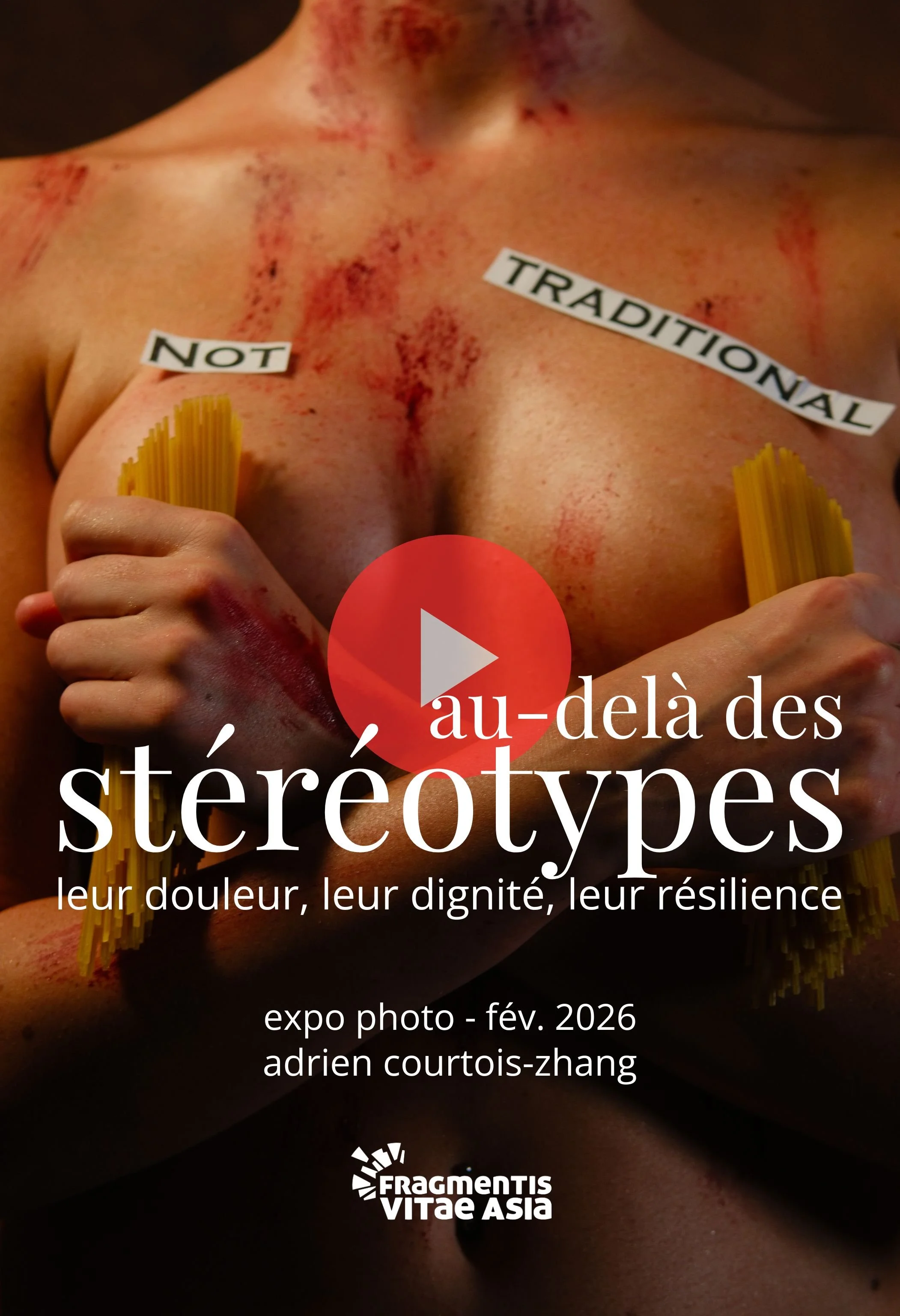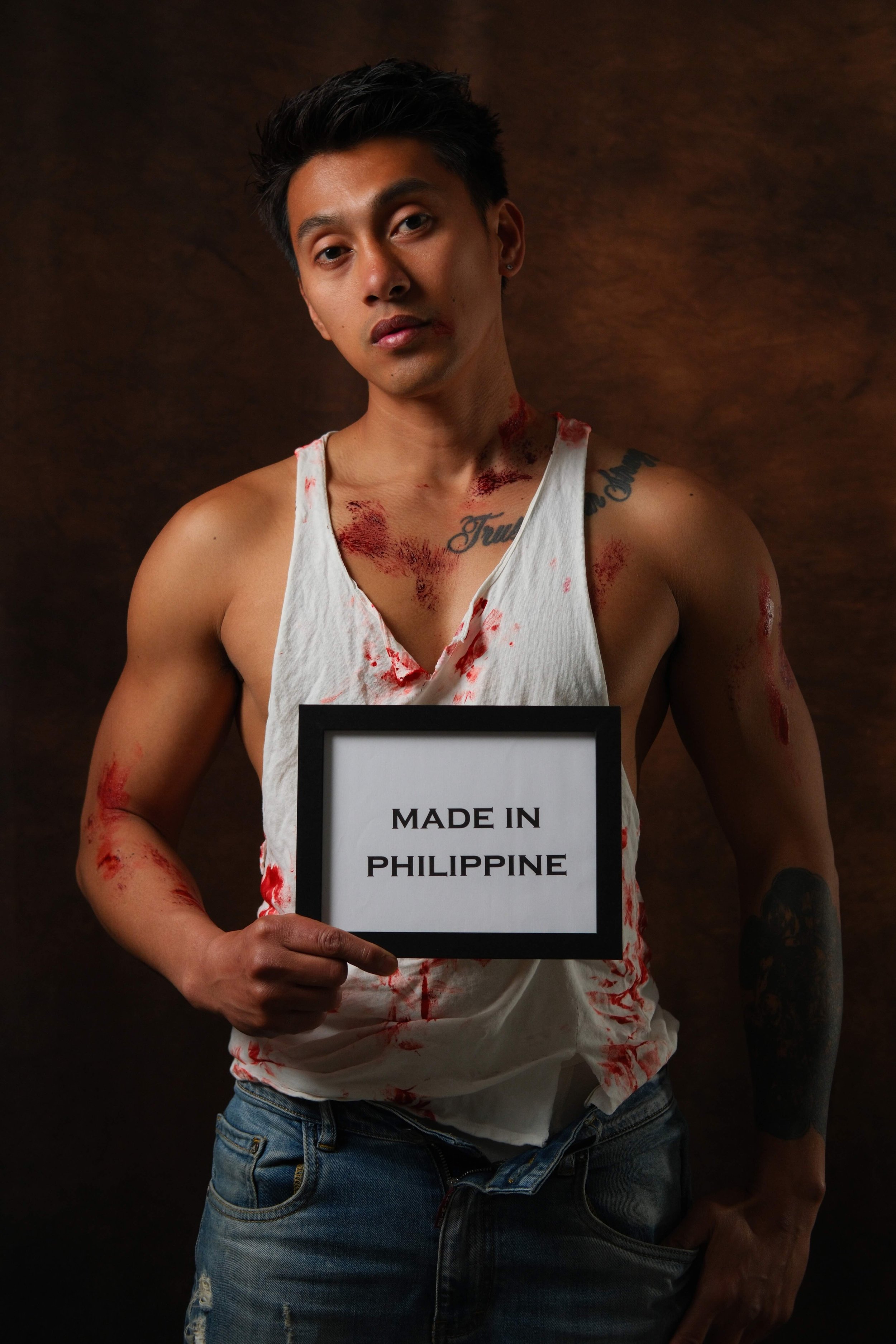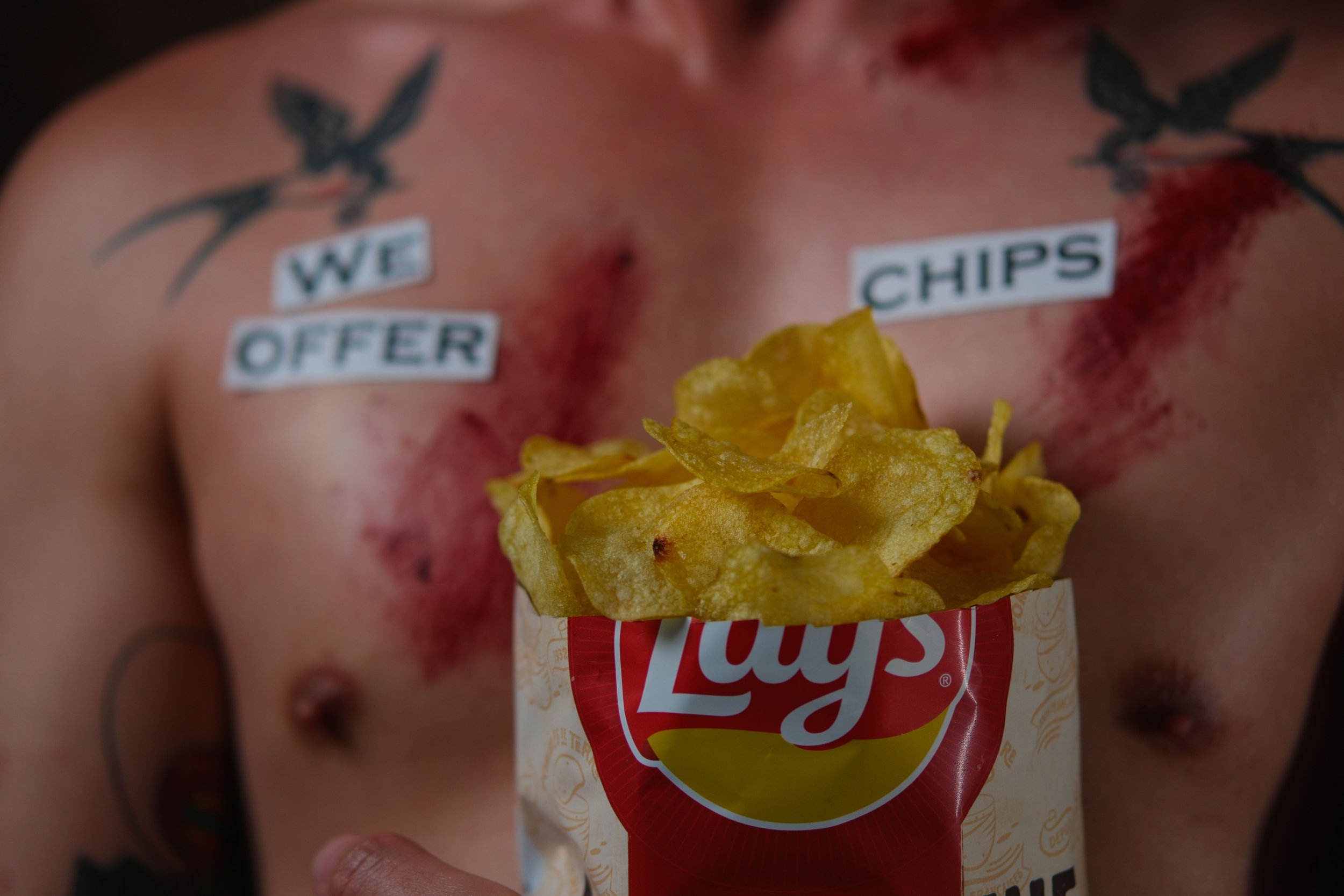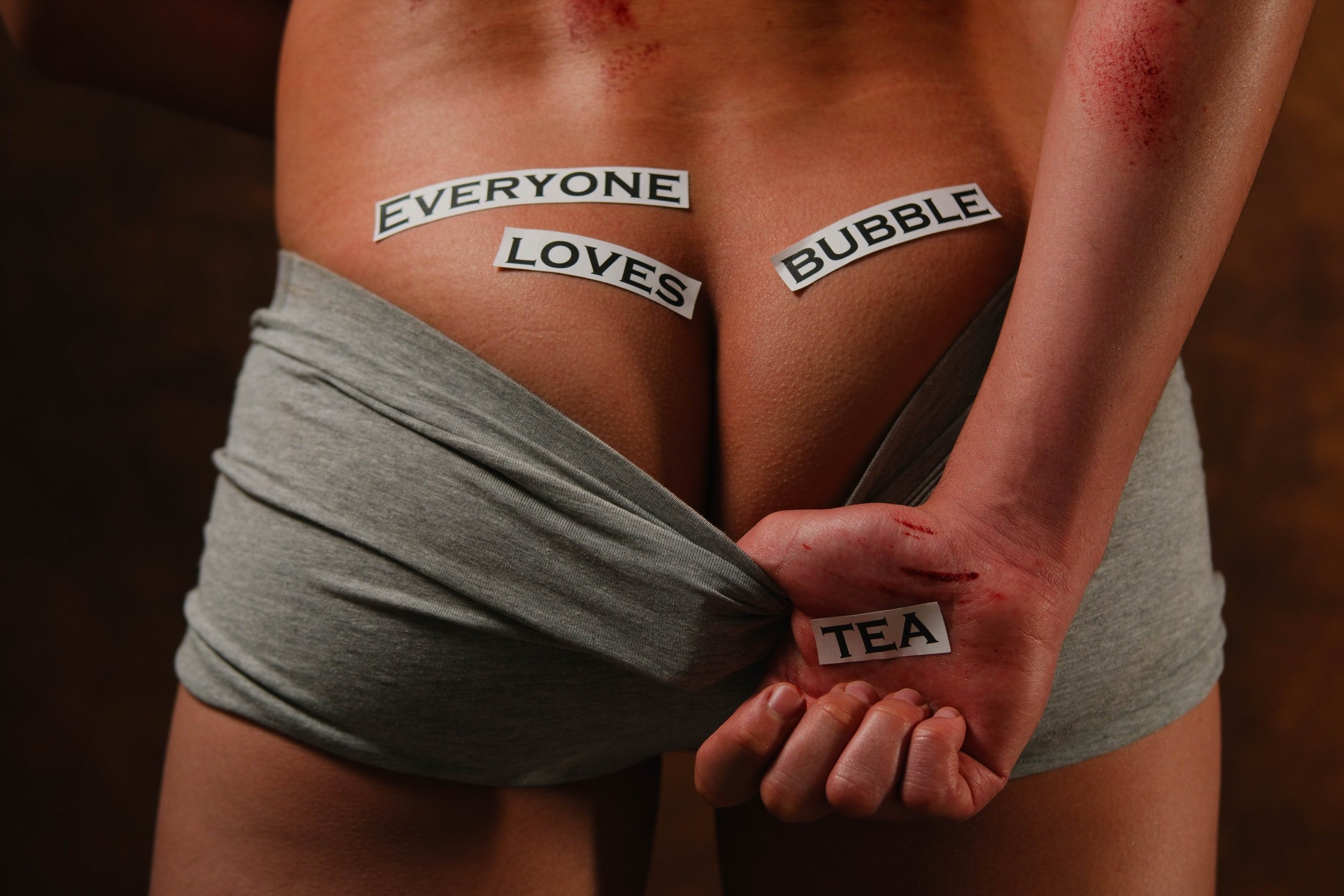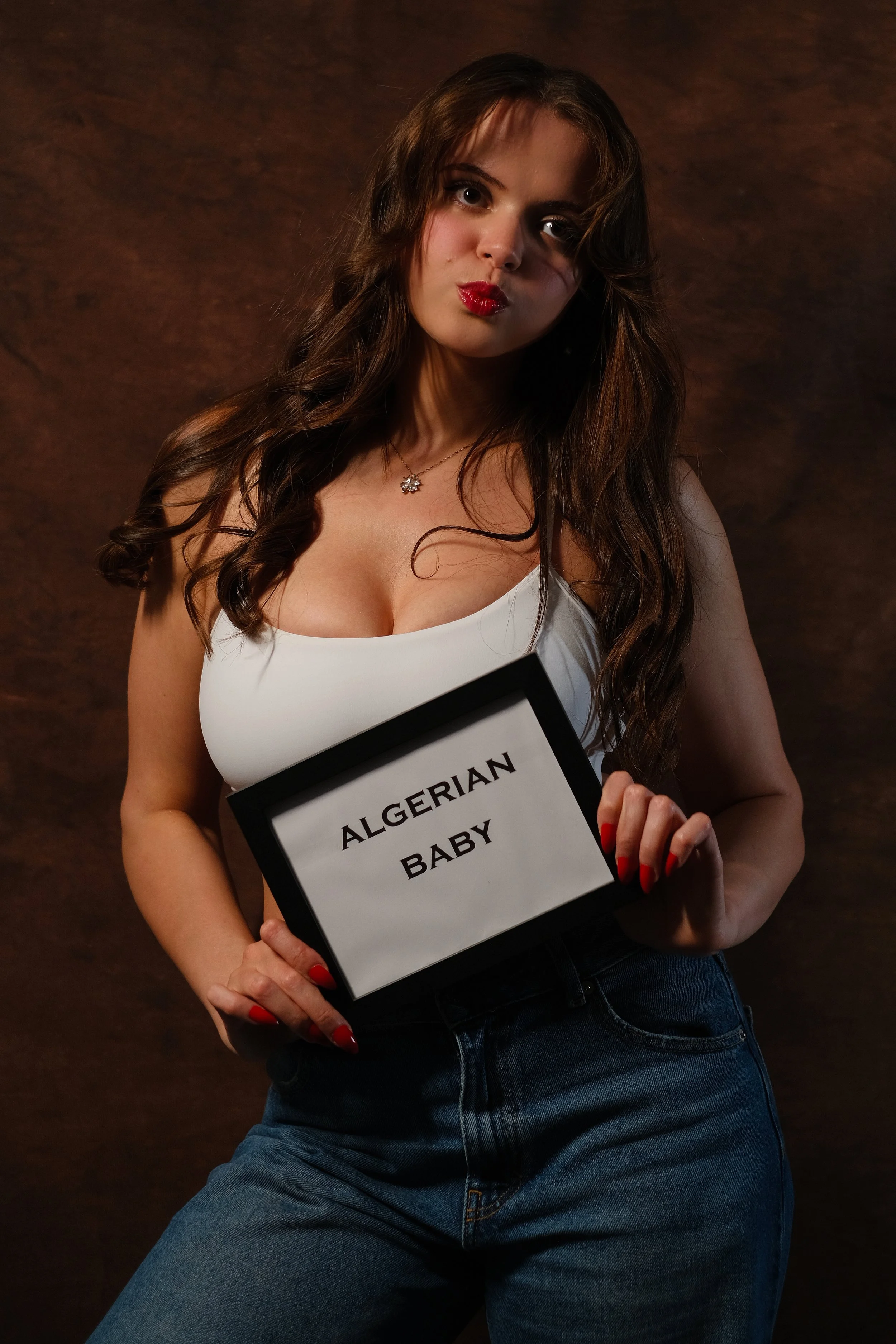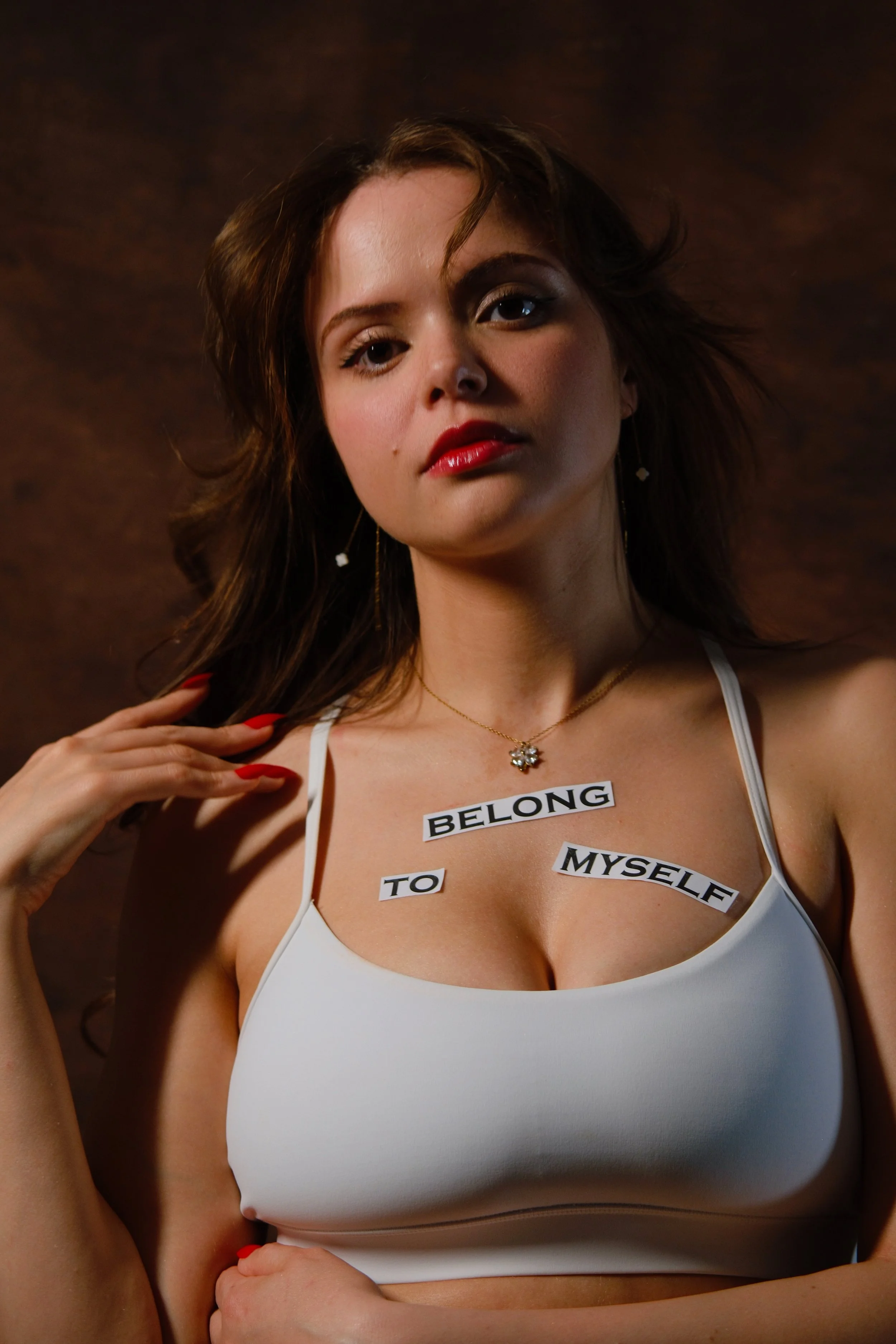au-delà des stéréotypes
expo photo & table ronde en février 2026
Certains groupes culturels sont souvent perçus non pas comme des individus, mais comme des étiquettes simplifiées : « l'immigrant modèle », « l'autre exotique », la « menace », le « travailleur des services ». Ce ne sont pas de simples mots. Ce sont des stéréotypes : des idées socialement construites qui réduisent des personnes réelles à des clichés.
En tant que photographe asiatique vivant en France, j'ai souvent ressenti le poids de ces stéréotypes – parfois subtils, parfois violents, toujours restrictifs. Que ce soit par curiosité ou par mépris, ils déforment qui nous sommes et ce que nous pouvons être. Les stéréotypes ne se contentent pas de nous déformer, ils nous enferment. Ils façonnent le regard des autres sur nous et, finalement, celui que nous portons sur nous-mêmes.
Cette série réunira huit modèles issus de cultures diverses, qui ont subi les conséquences de ces étiquettes. À travers ces portraits, nous exposons les stéréotypes qu'ils ont subis et y répondons avec défi, vulnérabilité, humour ou fierté. Chaque image porte non seulement la marque d'un préjudice, mais aussi le pouvoir de se réapproprier son histoire. Stéréotyper, c'est simplifier. Photographier — avec soin —, c'est restaurer la complexité.
Cette série n'est pas un catalogue de souffrances. C'est surtout un appel à approfondir, à remettre en question les idées reçues et à reconnaître l'humanité qui se cache derrière ces présupposés. À une époque de polarisation croissante et d'incompréhension culturelle, nous croyons que l'art peut créer des ponts et la photographie, avec sa capacité à figer la douleur et la dignité, peut devenir une forme de résilience.
Jerhome
In Europe for 11 years. He lives with his wife and two children.
Salyme
In Europe for 10 years. Single, surrounded by many friends.
Why Nudity?
Clothing is not neutral. It carries markers of class, culture, religion, profession — even how we are expected to behave. When we meet someone, we often see their outfit before we see their eyes.
In this series, I chose to strip away those social codes.
Nudity allows me to photograph the person, not their status.
No uniforms, no brands, no roles — just skin, presence, and vulnerability. It is a way to return to something essential: beyond origin, beyond language, beyond stereotype, we are all human.
As an Asian photographer, this choice also speaks to a personal revolt.
One of the enduring stereotypes placed on East Asian people — especially men — is that we are not sexual, not desirable, not expressive.
By reclaiming sensuality and the body, I refuse that narrative.
I show what we were told we could not be.
This nudity is not about provocation. It is about truth.
Chengyen
In Europe for 5 years. Newly in a relationship with a local.
Wissam, 26 years old
Grew up in France with only her mother by her side. Since her mother’s passing, she carries that legacy forward — claiming her freedom and independence.
Why the ‘mugshots’?
In this series, I’ve chosen to photograph my models in a visual style that evokes mugshots — not because they are criminals, but because they are often seen that way.
Every person in these images is decent, dignified, and courageous. But because of where they come from — their skin color, their accent, their clothing, or their passport — they have been treated, at times, differently.
Not as neighbors, not as equals, but as suspects.
The “blooded” or marked visual style is not a celebration of violence — it is a way to reveal the violence of perception.
The hidden violence of being followed in a store.
Of hearing “China virus” on the bus.
Of having your neighborhood called a “no-go zone.”
Of watching people flinch when you speak your language.
This visual language is a metaphor for what stereotypes do to us:
They injure. They stain. They leave traces.
And yet — despite that — every face in these photos looks back.
They stand.
They endure.
They continue to live, to build, to give.
They fight, quietly or boldly, for a place in a society that too often sees them first as a threat.
This is not a photo series about guilt.
It is a portrait of resilience in the face of misjudgment.
Of lives wrongly labeled — but never erased.
